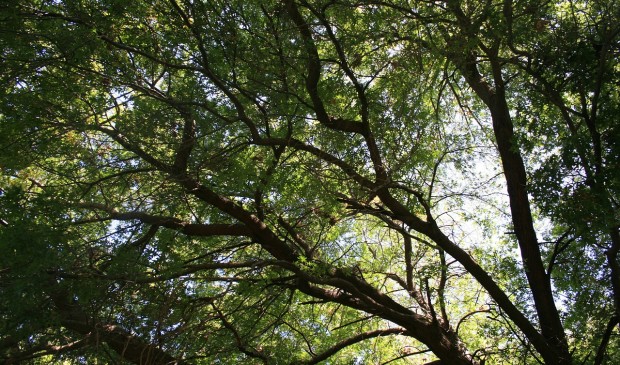ZAP encourages heritage trees, connectivity
Thursday, December 3, 2015 by
Jack Craver Before the Zoning and Platting Commission voted unanimously Tuesday to approve a setback waiver for a new subdivision between Peaceful Hill Lane and Shallot Way, Vice Chair Jackie Goodman took a moment to express gratitude to Matthew Mitchell of Alm Engineers, the project applicant.
“I wanted to make sure that you publicly got the credit that I think you’re due for actually trying to save heritage trees,” she said.
The subdivision, Stately Hill Condominiums, will include 60 single-family, detached condos.
Mitchell had explained to the commission that he was seeking a waiver from the 25-foot setback required by the base zoning so that developers could avoid chopping down heritage trees when building a sidewalk to connect the new subdivision to a neighboring one, Park Ridge Gardens. Providing pedestrian access between the two subdivisions was required by zoning, he said.
“We were trying to preserve as many trees as possible,” Mitchell explained.
Heritage trees, as defined by city ordinance, have a diameter of at least 24 inches when measured 4.5 feet above the ground and are one of the following species: oak, Texas ash, bald cypress, American elm, cedar elm, Texas madrone, bigtooth maple, pecan, Arizona walnut and eastern black walnut.
Goodman also lauded the project’s transportation planning. The narrow, private drive that will connect the subdivision with the surrounding streets promotes connectivity but will avoid what she termed the “inherent destruction” of neighborhoods from through traffic.
She herself had arrived late to the commission meeting because her street had recently been designated as a detour cut-through. In the midst of rush hour traffic, she couldn’t get out of her driveway.
In August, Goodman voiced similar concerns about traffic overtaking Spring Hill Village, a North Austin subdivision whose residents had urged the commission to stop plans to connect the subdivision’s streets to those of another proposed subdivision.
“If access and connectivity always has to mean a nice, navigable street for more fossil-fuel burning vehicles, I say no,” she said, suggesting instead that some of the connecting streets be reserved for pedestrians and bicycles. Commission Chair Gabriel Rojas objected, however, saying that closing off streets to cars would just further clog up the city’s existing overburdened roads. “If I could limit cars, I would,” he said. “The real situation on the ground here is that all those cars will just be funneled onto an arterial street, which is more congestion, more accidents.”
But with Stately Hill, it appears that both interests – connectivity and neighborhood tranquility – have been assuaged.
Scott Grantham, the project’s case manager from the Development Services Department, told the Austin Monitor that while the streets within the subdivision would be privately maintained, they would be accessible to the public. However, he does not anticipate much through traffic because of the angles at which the private drives meet with Shallot Way and Peaceful Hill Lane.
Mitchell also told the commission that the drives within the subdivision would be narrower than the surrounding streets to which they connect, as a way to deter people from driving through. It was a compromise between connectivity and concerns from neighbors in Park Ridge Gardens about an influx of traffic.
“The neighbors in the Park Ridge Gardens did not want the connection,” he explained. “One of the things we talked to them about was narrowing the road.”
You're a community leader
And we’re honored you look to us for serious, in-depth news. You know a strong community needs local and dedicated watchdog reporting. We’re here for you and that won’t change. Now will you take the powerful next step and support our nonprofit news organization?








